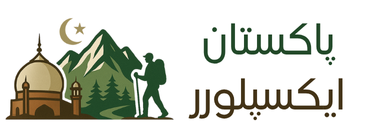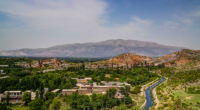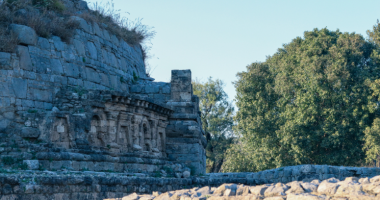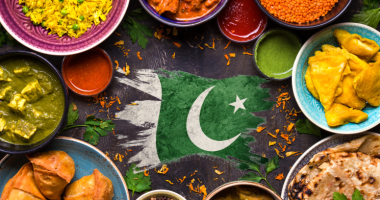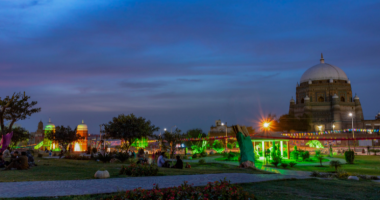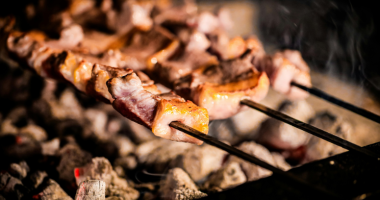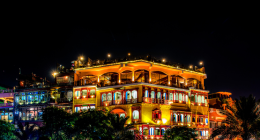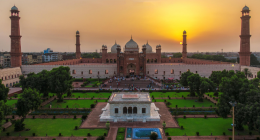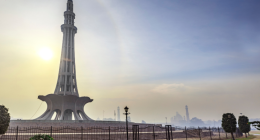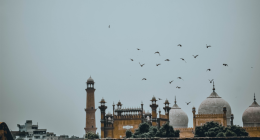If you’re curious about what makes Pakistan such a culturally rich country, let’s head to the heart of South Punjab—Multan. This sun-drenched city is more than just a historical treasure; it’s a living, breathing canvas of flavors, customs, and stories. When it comes to Multan cuisine and culture, the experience is nothing short of magical.
From the first bite of a spicy sohan halwa to the aroma wafting through Ghanta Ghar’s bustling streets, you’re bound to be charmed. But the city doesn’t just speak through food. It speaks through shrines, handmade blue pottery, and traditions that go back centuries. Let’s explore it all together.
Uncovering Multan Cuisine and Culture Origins
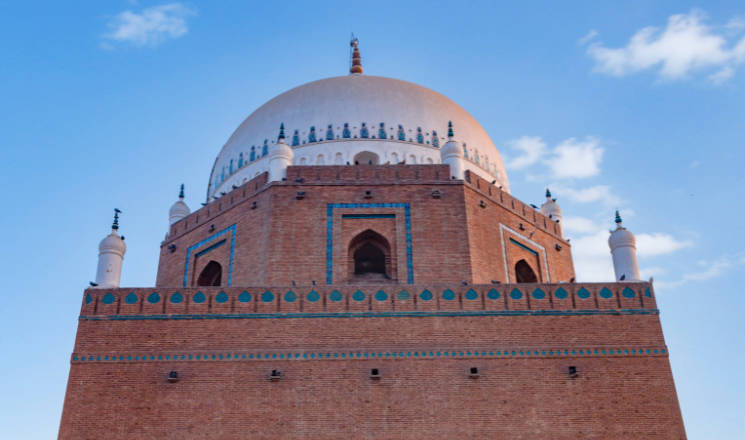
It’s impossible to separate Multan culture from its ancient soul. Known as the City of Saints, Multan has been around for over 2,000 years. Quite amazing, right?
The city proudly hosts some of the most iconic Sufi shrines in South Asia. The Shrine of Shah Rukn-e-Alam, with its impressive domed structure and tile work, stands tall as a symbol of spiritual devotion. Because these shrines are both religious and cultural landmarks, they attract thousands of visitors every year.
Even though modern life moves fast, people here still hold onto the calm, reflective ways of their ancestors. Festivals like Urs (a celebration of a saint’s death anniversary) blend music, prayers, and food—truly expressing Multan’s vibrant cultural core.
Traditional Multan Cuisine: Taste the Legacy
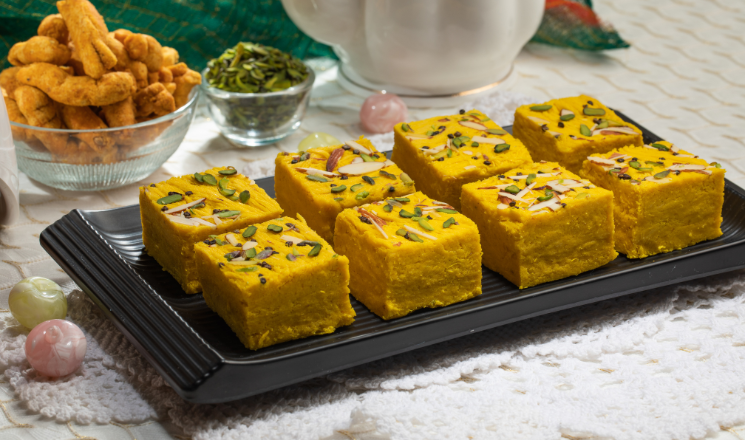
Now, let’s talk food—the most delicious part of exploring Multan cuisine and culture. The flavors here are bold, comforting, and deeply rooted in local traditions.
Multani Sohan Halwa is a must-try sweet treat. This rich, ghee-filled dessert is slow-cooked with flour, sugar, and milk. You’ll find it in nearly every corner of the city, especially around Hussain Agahi Bazaar. Vendors proudly sell it in decorative tins, making it a perfect gift (or just for yourself!).
On the savory side, dishes like Multani Karahi and Siri Paye steal the spotlight. Prepared with slow-cooked meat and robust spices, these meals are best enjoyed with fresh naan and a tall glass of lassi.
Furthermore, street food like spicy chaat, gol gappay, and barbecue skewers fill the air with mouthwatering aromas. Because Multanis love their food spicy and soulful, every bite tells a story of tradition.
Handicrafts That Reflect Multani Culture
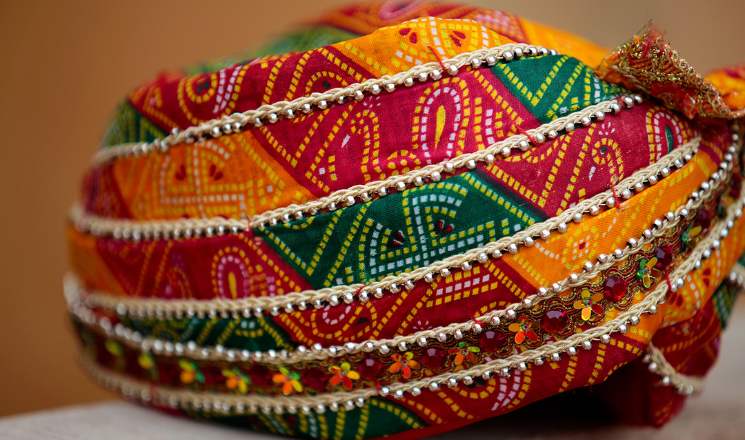
Multan culture shines in more than just its cuisine—it thrives in its arts and crafts. One of the most famous local products is Multani blue pottery. This stunning craft, known for its intricate floral patterns and vibrant blues, is often handmade by skilled artisans in the old city.
Alongside pottery, Ajrak fabric, with its deep indigo and crimson patterns, is widely worn and respected. You’ll often see men wearing Ajrak turbans and women using it as shawls during special events. This traditional textile is printed using natural dyes and wooden stamps, a method passed down for generations.
Because craftsmanship is such a vital part of Multani identity, it’s no surprise that visitors often take home pieces that hold both artistic and cultural value.
Cultural Landmarks Tied to Cuisine and History
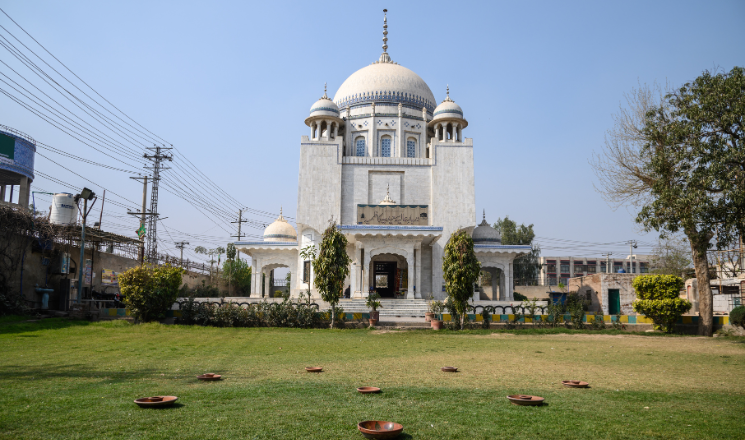
Everywhere you look, Multan tells its story through its sites. These places represent the perfect mix of Multan cuisine and culture, especially when food is sold right outside sacred or historical spots.
Must-Visit Cultural Icons in Multan
- Shrine of Bahauddin Zakariya – Surrounded by food vendors and flower sellers.
- Ghanta Ghar (Clock Tower) – A hub of commerce, food stalls, and daily life.
- Multan Fort – Offers panoramic views and a walk through time.
- Hussain Agahi Market – A blend of handicrafts, sweets, and clothing.
- Multan Museum – Preserves archaeological finds and cultural artifacts.
Because these places reflect both tradition and modern life, visiting them brings the full picture into view.
Religious Events Enriching Multan Traditions
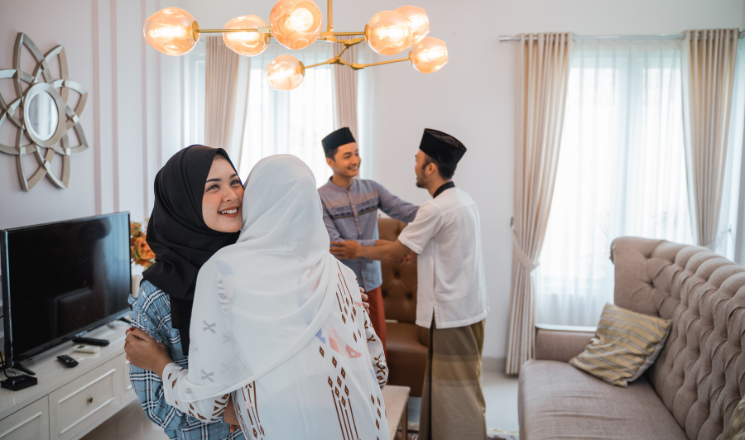
Cultural traditions often revolve around religious festivals. During the Urs festivals, visitors flock to Multan’s shrines to listen to qawwali, enjoy free food, and light candles. These events show how deeply Multan culture connects to spiritual practice.
Additionally, Eid celebrations turn the city into a glowing canvas of lights, laughter, and markets. Sweets are shared, prayers are offered, and family gatherings abound.
Even the Multan Flower Show—held each spring—adds beauty and brightness to the city’s cultural calendar. It’s a chance to admire nature, socialize, and enjoy local food vendors.
Because these festivals unite people of all ages, they’re the heartbeat of community life in Multan.
Daily Life in Multan: Culture in Action
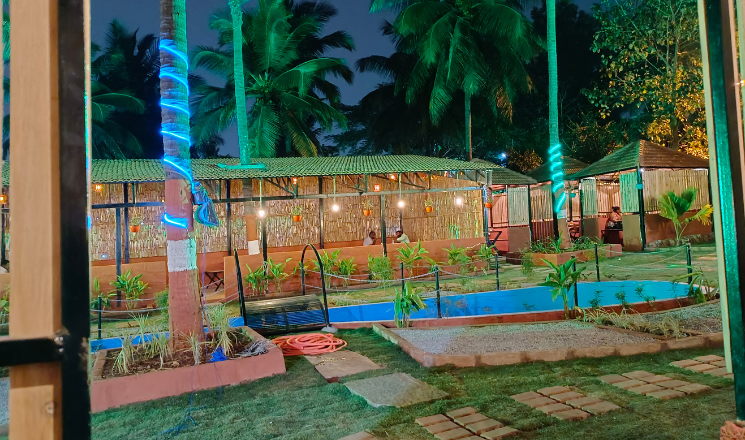
You’ll notice that Multan culture lives not just in festivals or monuments—but in everyday habits. For instance, shopkeepers start the day with traditional tea and music from a local radio. Storytelling remains a big part of social life, especially in tea houses and local dhabas.
While many locals now use apps and smartphones, you’ll still find barbers, tailors, and cobblers working with old-school tools passed down from their grandparents. Because community means everything here, family and heritage influence daily routines.
Even in a busy market, a vendor might invite you for tea—just because that’s the Multani way.
Tools and Apps for Exploring Multan Cuisine and Culture

To make the most of your trip, here are some helpful tools that enhance your cultural adventure:
- FindMyAdventure – Great for booking heritage walks and food tours.
- Google Maps – Helps you find tucked-away spots and shrines.
- Heritage Pakistan App – Offers verified facts and descriptions of cultural landmarks.
- FoodPanda – If you’re too full to walk but still want to try something new, this app delivers local delights to your doorstep.
Because technology and tradition can go hand in hand, these tools give you the best of both worlds.
Why Multan Cuisine and Culture Stays Memorable
After experiencing the spicy food, the soothing music of qawwals, the glow of shrines, and the joy of bazaars, you’ll understand why Multan cuisine and culture are unforgettable.
Even though the world keeps racing forward, Multan walks at its own pace—deep in history, rich in flavor, and full of warmth. The people here don’t just live their culture; they breathe it, cook it, wear it, and share it.
So, whether you’re an explorer, a foodie, or a culture lover, Multan promises a journey that leaves you full—not just in your stomach, but in your heart.
